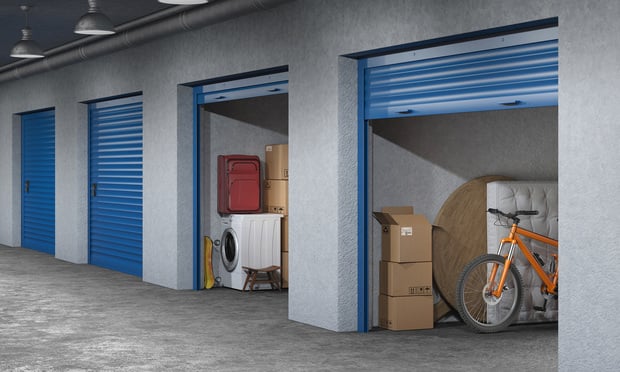DALLAS—Between 2011 and 2015, suburban areas gained renter households at a faster pace than principal cities in 19 of the 20 biggest US metros, according to the most recent analysis of Census data. It may be because life in the burbs is cheaper or because infrastructure, amenities, and access to jobs and public transit have much improved in recent years. Either way, one thing is certain: the suburbs are becoming attractive again, and the number of renters is growing there much faster than in the cities, according to RENTCafé.
During the post-recession rental boom, it appeared that millennial renters were flocking to urban cores. The trend was backed up by news of declining homeownership rates and urban apartment construction at record-high levels. However, urban areas have not gained as many new renters as expected.
As crowded urban areas are topping out in occupancy and prices, more renters are choosing the suburban life, with its landscaped, family-friendly, garden-style apartment communities. Some of the main reasons that people choose the suburbs are the schools are generally better, the communities are quieter and rents are typically cheaper.
Recommended For You
Want to continue reading?
Become a Free ALM Digital Reader.
Once you are an ALM Digital Member, you’ll receive:
- Breaking commercial real estate news and analysis, on-site and via our newsletters and custom alerts
- Educational webcasts, white papers, and ebooks from industry thought leaders
- Critical coverage of the property casualty insurance and financial advisory markets on our other ALM sites, PropertyCasualty360 and ThinkAdvisor
Already have an account? Sign In Now
*May exclude premium content© 2025 ALM Global, LLC, All Rights Reserved. Request academic re-use from www.copyright.com. All other uses, submit a request to [email protected]. For more information visit Asset & Logo Licensing.









